Prague Castle is situated high above the city on Mount Hradcany. Generations of builders have shaped the history of the castle over the centuries.
Today the castle is the residence of the Czech president. Visitors to the Prague Castle have two options: ascent on foot up a steep mountain or take a tram up. A ride up with the tram is certainly more comfortable and also pretty cheap – but the footpath is far more worthwhile. There are many good spots for nice views over the city.

The castle was built in the 9th century. At that time it was by no means as big as today. Many builders have shaped the face of the castle with the typical architectural styles of their time. In the middle of the 14th century, the St. Vitus Cathedral was built on the castle grounds. Its towers surmount everything and are easily visible all over the city. Technically, Prague Castle with its three courtyards is indeed the largest enclosed castle area in the world but still consists only of many individual buildings. You will find many individual points of interest such as the Holy Cross Chapel, the National Gallery and the memorial obelisks for the victims of the First World War.


Those who want to explore the whole area should come with sufficient time on their hands. The castle grounds can be visited almost completely free of charge. But if you want to admire the St. Vitus Cathedral or the Golden Alley, you have to pay an entrance fee.
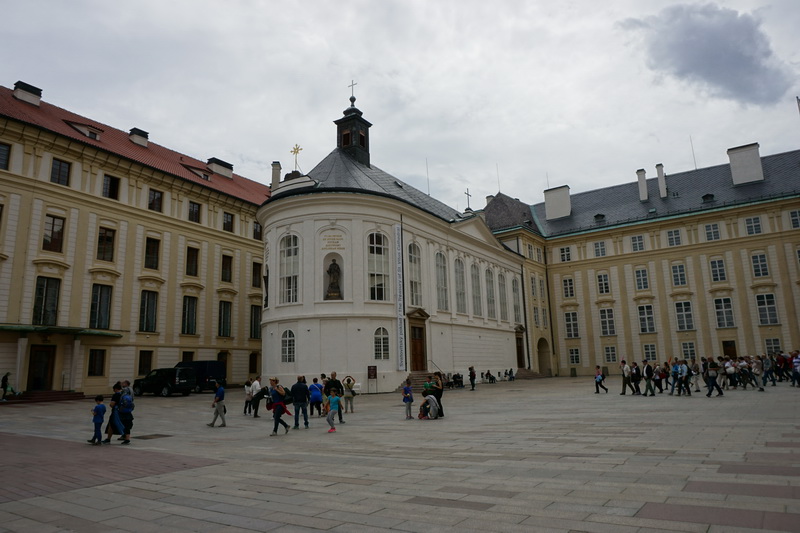
The large courtyards can be visited without paying any fees whatsoever.

From there you can pass through to the St. George Basilica.

A visit to the King’s Garden is particularly interesting. This is where the maison de plaisance Bellveder is located, the presidential palace and the grand ball house.

We liked Prague Castle. We spread our visit over 2 days to have enough time to take everything in.


Address:
119 08 Prag 1,
Tschechien
Opening hours:
The castle grounds are accessible:
April – October:
5 am- 24 pm
November – March:
6am – 11pm
The sightseeing schedule of some buildings is possible only at the following times:
April – October:
9am – 6pm
November – March:
9 am – 4 pm
Entrance fee:
The castle grounds can be viewed free of charge. Who wants to visit the St. Vitus Cathedral has the following selection:
- Prague Castle – great round (Old King Palace, permanent exhibition ‘History of the Prague Castle’, St. George’s Basilica, St Vitus Cathedral Cathedral, Golden Steps with Daliborka Tower, Prague Castle Painting Gallery, Pulverturm, St. Vitus Cathedral)
Adults: 350 Kč - Prague Castle – small round (Old King’s Palace, St. George’s Basilica, Golden Alleys with the Daliborka Tower, St. Vitus Cathedral)
Adults: 250 Kč

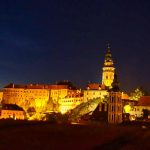




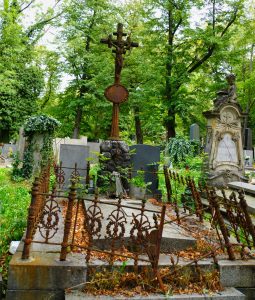












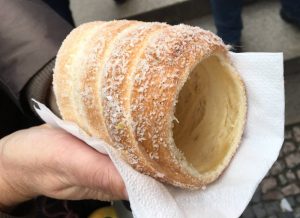














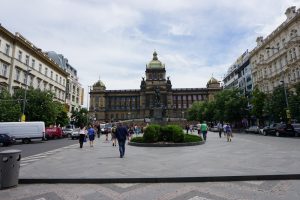



Leave a Reply